Materials Science Testing
Understanding Weapons-Relevant Materials
A key element of stockpile stewardship is understanding how the many kinds of materials used in nuclear weapons behave as they age and how they perform in the extreme environments produced in a thermonuclear reaction. SD researchers apply materials expertise in experiments conducted at specialized facilities on special nuclear materials and energetic materials such as explosives and propellants. Experimental data validates and refines computer models designed to predict material response and build SD's knowledge base.
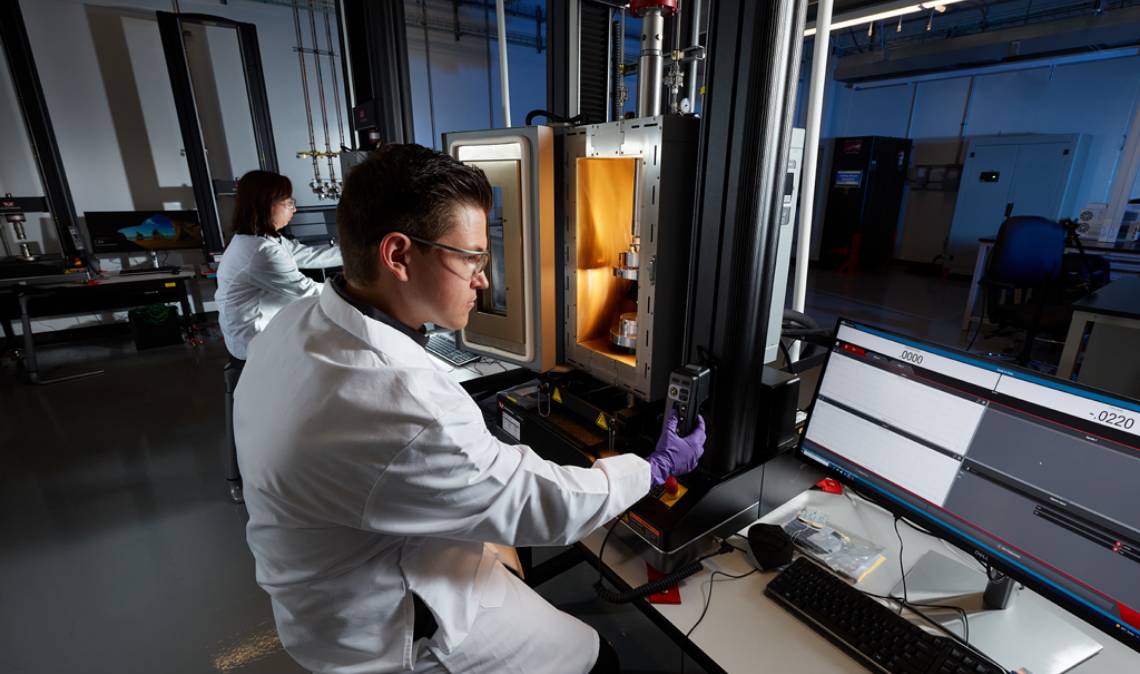
Facility Spotlight
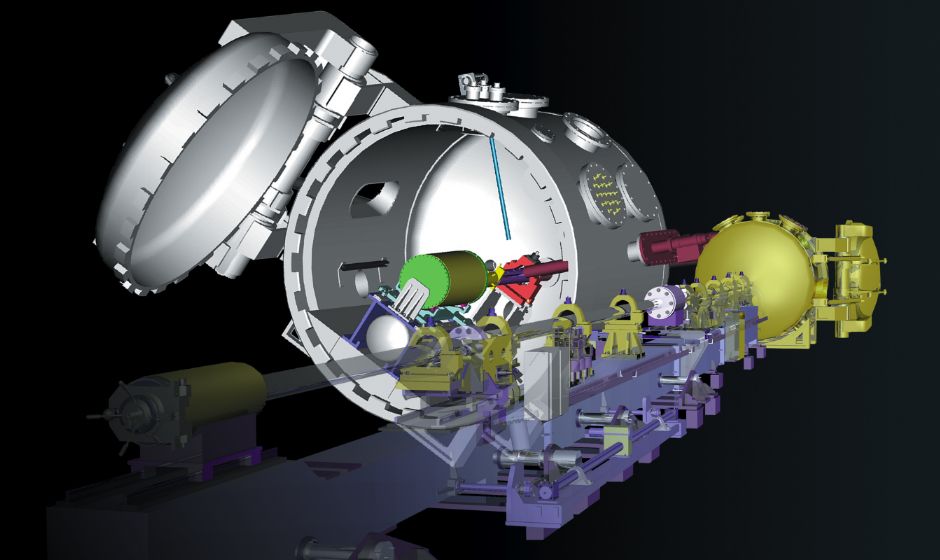
JASPER
The Joint Actinide Shock Physics Experimental Research (JASPER) Facility at the Nevada National Security Site enables scientists to understand the properties and behaviors of special nuclear materials, such as plutonium, by subjecting elements to high shock pressures, temperatures, and strain rates and gathering response data. JASPER is operated by LLNL in partnership with Los Alamos National Laboratory, and the National Nuclear Security Administration.
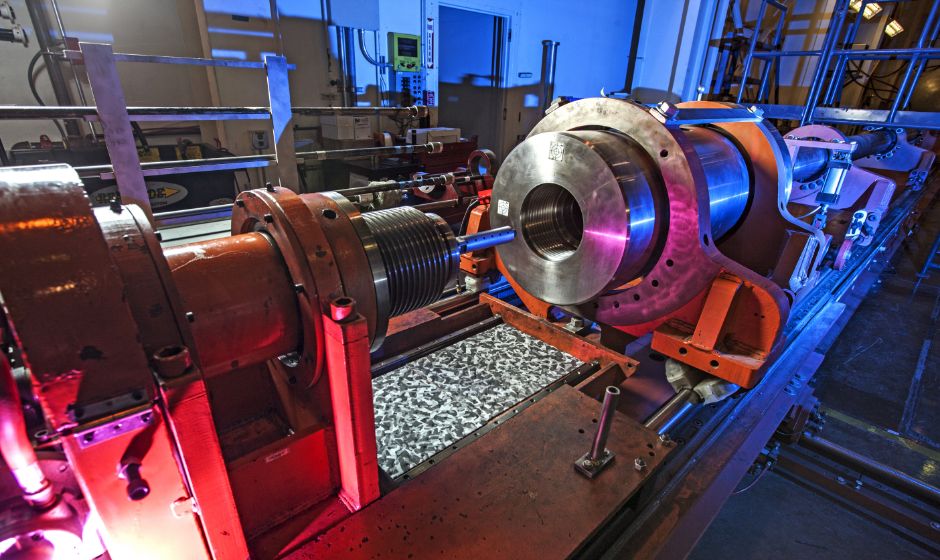
HEAF
In addition to conducting testing of explosives ranging from a single crystal up to 22 pounds, the High Explosives Applications Facility (HEAF) also supports the development of new energetic materials in its synthesis and formulation laboratories, and houses a microdetonics laboratory for explosives study at the micrometer scale.
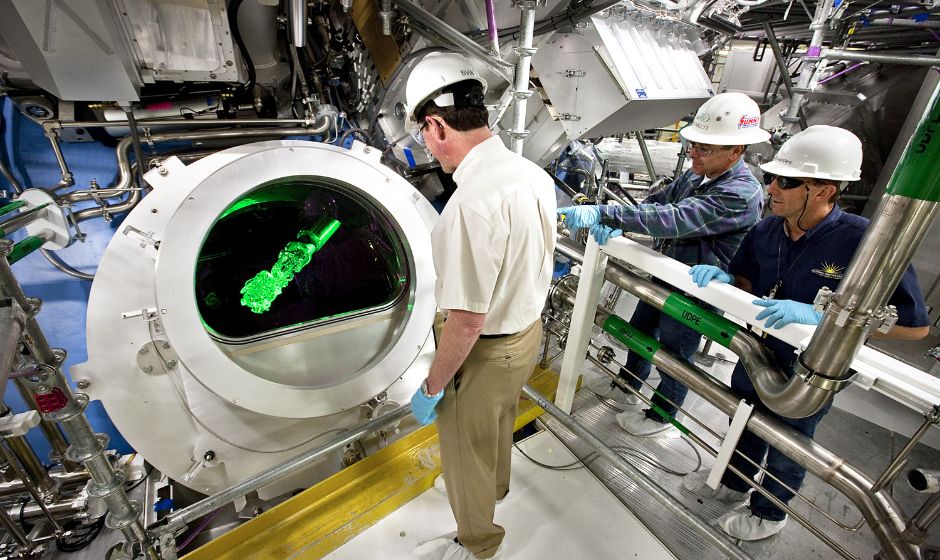
National Ignition Facility (NIF)
NIF's beams can be arranged to shock small amounts of weapons-relevant materials, demonstrating how the materials behave at extreme temperatures and pressures representative of the extreme environments produced in a thermonuclear reaction.
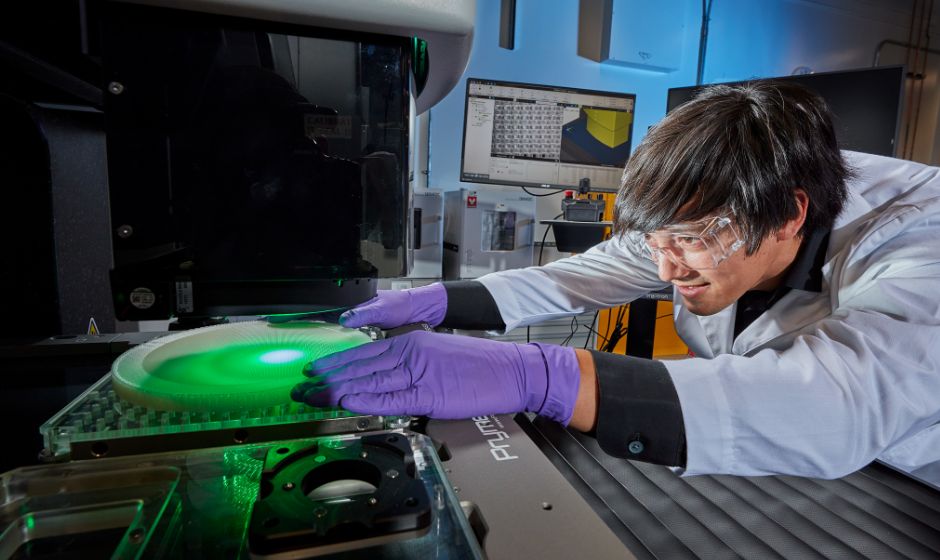
Polymer Enclave
The Polymer Enclave enables simultaneous completion of advanced manufacturing production phases to offer immediate feedback for future material development and testing rounds. LLNL and the Kansas City National Security Campus operate the enclave in partnership.
Measuring Material Properties in Extreme Conditions

STAGE 1
JASPER is a gas gun that fires a projectile towards a target loaded with the material to be tested.
STAGE 2
On firing, high heat and pressure are generated, approximating nuclear weapon conditions. The projectile accelerates to 17,000 miles per hour—10 times faster than a hunting rifle.
STAGE 3
The projectile hits the target and produces a high-pressure shock wave. Diagnostic equipment measures properties of the shocked material.




